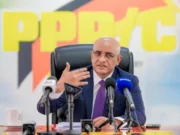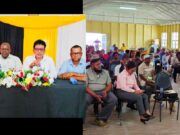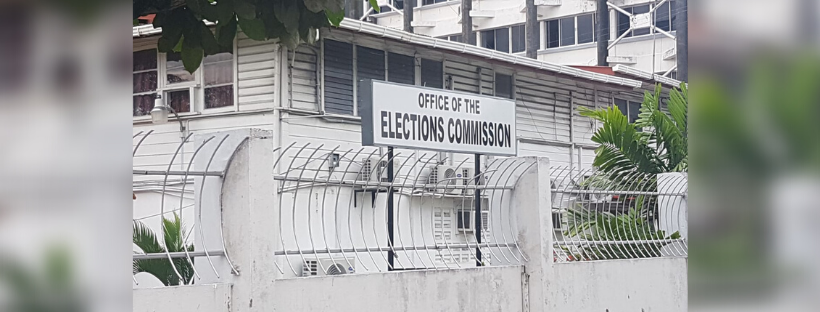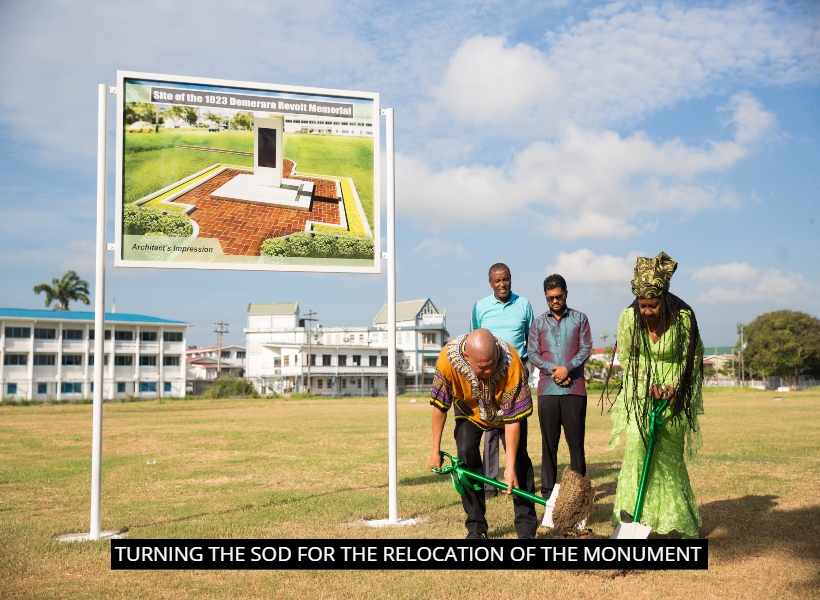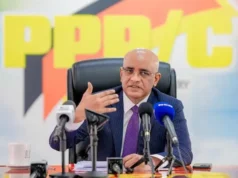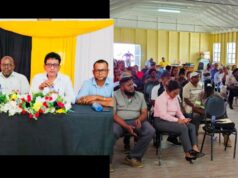In keeping with a 2017 promise to relocate the 1823 Demerara Slave Revolt Monument to Independence Park (Parade), government yesterday set things in motion with a sod turning ceremony.
Minister of Social Cohesion, Dr. George Norton, during his address, reflected on the dreadful history of the Demerara Martyrs back in the year 1823, where more than 200 enslaved people of African descent had met their demise horrifically.
The rebellion, which took place on August 18, 1823, was led by slaves who were reacting to poor treatment and a desire for freedom. There was a widespread belief then too that Parliament had passed a law for emancipation, but it was being withheld by the colonial rulers. Prompted chiefly by Jack Gladstone, a slave at plantation “Success”, the rebellion also involved his father, Quamina, and other senior members of their church group. Its English pastor, John Smith, was implicated.
The largely non-violent rebellion was brutally crushed by the colonists under governor John Murray. Many slaves were killed as the insurrection was put down and another 45 men were sentenced to death, while 27 were executed.
Minister Norton said that while there is an 1823 monument already erected along the Atlantic Avenue, His Excellency, President David Granger felt it necessary to support the call by historians for the construction of the monument at this particular site.
According to him, the 1823 Demerara Slave Revolt is an integral part of Guyana’s history and by extension, the Caribbean’s colonial history and it should not be buried or go unmarked. The Minister is convinced that the initiating of the memorial at the location will honour the struggle of “our African fore-parents and will remind us that our freedom experienced today came at an incalculable price.”
